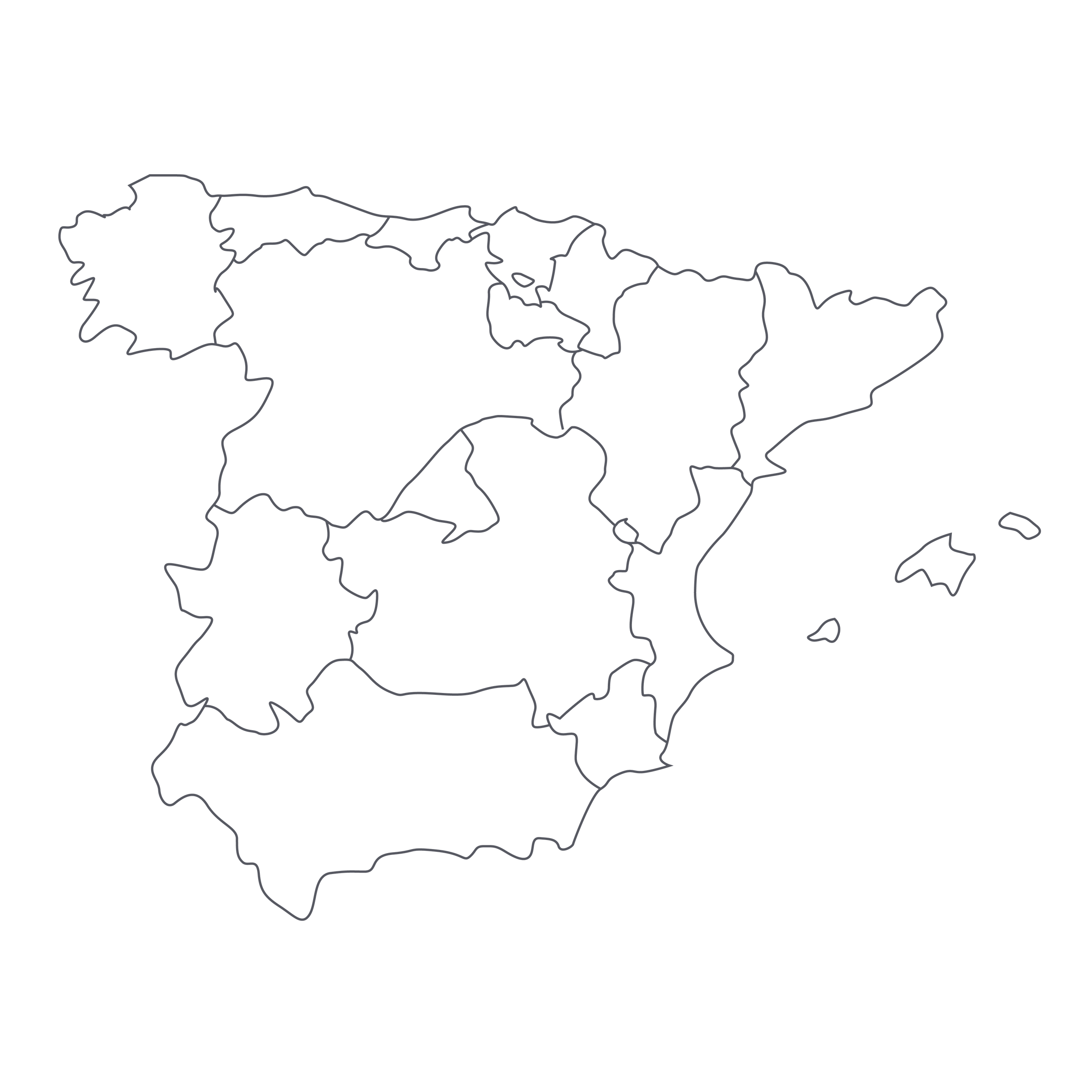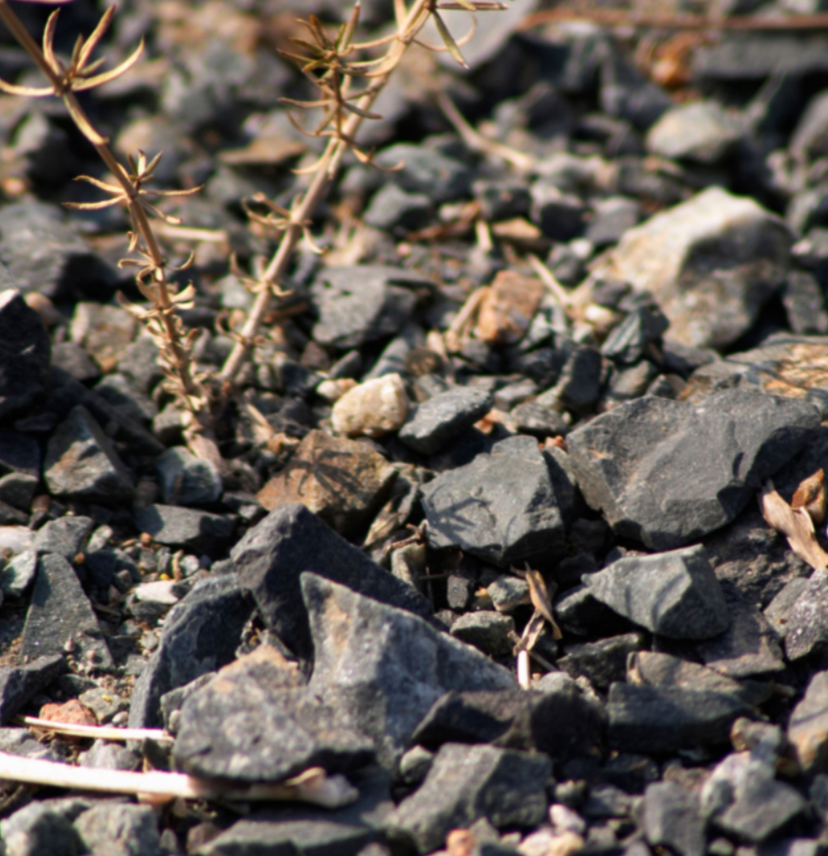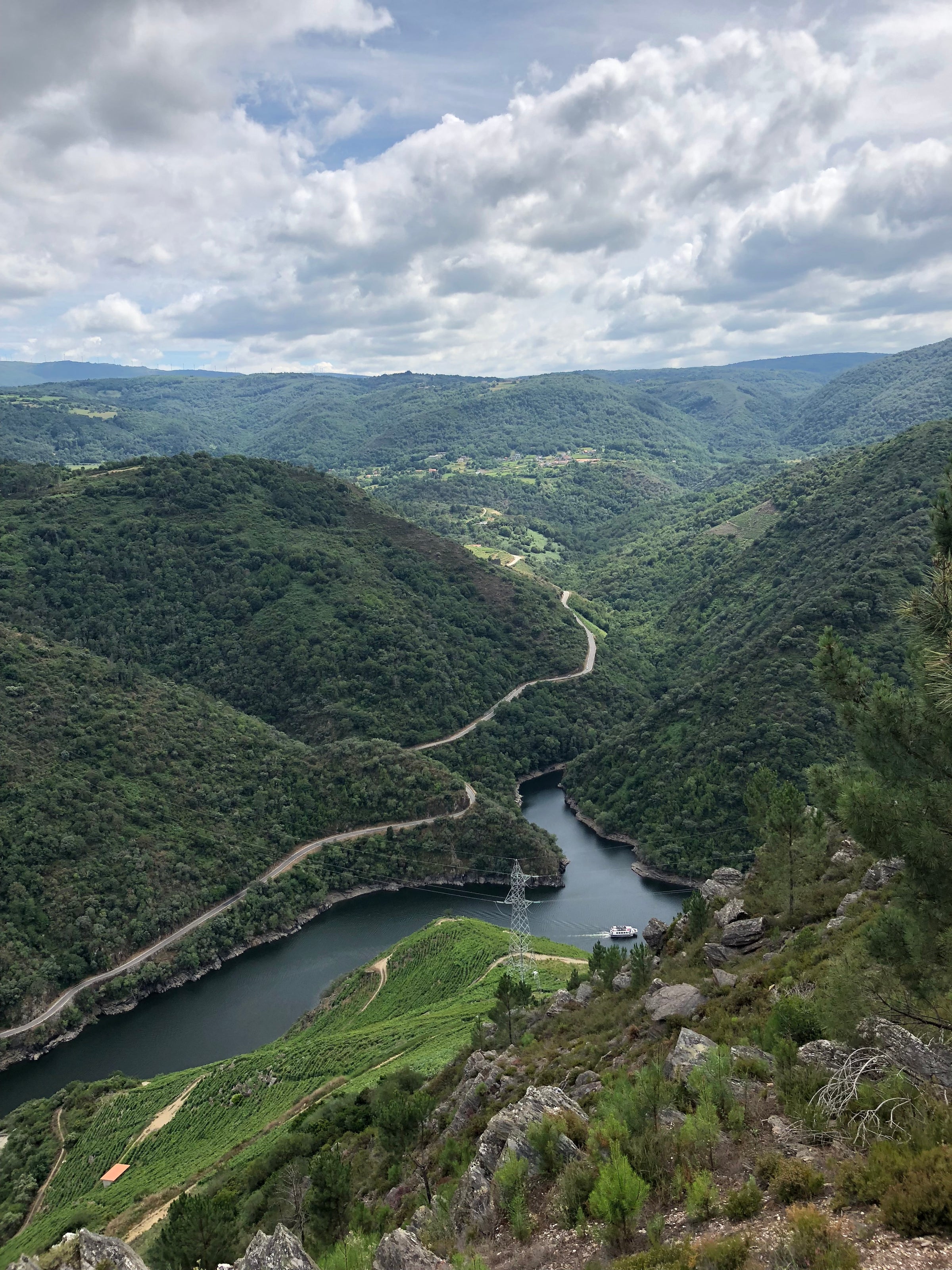Cava is Spain’s answer to Champagne, and when done correctly, like this offering, it can open up an undiscovered world. Cava is produced in the traditional ‘Champagne method’ (méthode Champenoise) and undergoes a relatively lengthy aging process. The ultimate standout for this method is the in-bottle secondary fermentation that produces the bubbles we all know and love.
While the production zone for Cava is speckled all throughout Spain, the serious contenders come from Penedès—a breathtaking area located just outside of Barcelona. Having visited the area several times, I never cease to be amazed by their treat-you-like-family hospitality, the rolling lay of the land, and the dizzying assortment of world-class food and wine. Cava is a headliner in and around Barcelona, and the very best can compete with the top houses of Champagne (though I’m still choosing the latter if spending top dollar). Then, there are Cavas that drink at an ultra-serious level with a price tag that seems unfair for the producer given the cost of production—as in the case of Marquès de Gelida. This 2012 will transport you to a state of bliss and kiss you with a fresh finish, which, I believe, is something everyone should try at $20.
Marquès de Gelida is one of four bodegas that make up the ‘Vins El Cep’ winemaking collective. Despite having combined forces in 1980, the four families in the group have established generations of torch-passing with a farming and winemaking presence that dates to the 15th century. Marquès de Gelida is located in the northeastern subzone of Penedès Alta, which, as its name suggests, lies at the highest altitude—some 2,600 feet above sea level! Within this area is Sant Sadurní d'Anoia, which is called’ (correctly so, in my opinion) the Capital of Cava. This pastoral town is verdant with vine-covered slopes that are watched over by the guardian mountain range of Monserrat. Temperatures average 60 degrees Fahrenheit throughout the year and during winter months frost is staved off by a steady, transitional wind known as the tramuntana. Vines are as old as fifty years and are planted on the slopes of d’Anoia in calcareous, loam soils. Five different grapes from five different plots go into this blend: 20% Xarel·lo, 25% Macabeo, 20% Chardonnay, 20% Pinot Noir, and 15% Parellada…a nice balance of Champagne classics and Spanish flair. Furthermore, the estate is farmed without irrigation and since 2003 has been certified biodynamic. Vins El Cep was actually the first Cava to be released with a biodynamic label. It’s always wonderful to see families with more than 500 years of winemaking experience at the forefront of modern-day sustainability. Rich history, progressive minds.
rn
rn
After the grapes have been harvested, they are shuttled into the cellar by gravity and then gently extracted, with 50% coming from “free run” juice (without the aid of a press). Each of the varieties are fermented independently in temperature controlled tanks and, after blending, the famed Champenoise method is implemented. The final blend then is aged on its lees for nearly 3.5 years—for comparison, vintage Champagne requires three years. After disgorgement, dosage (sugar addition) is kept at a respectable level of 8 grams per liter—less than most Champagnes and slightly more than your typical vintage Champagne. I keep making these comparisons to show that Marquès de Gelida is meeting and surpassing the strict quality levels of Champagne, and doing so at a $20 price point.
rn
rn
In the glass, the wine shows a pale, straw yellow core with golden reflections along the rim. Slow rising beads march upward and prickle your nose with a youthful flair, followed by notes of creamed apple, raw honeycomb, beeswax, dried yellow flowers, lemon curd, brioche, toasted hazelnut, and crushed rock. The palate is dense, creamy, and round, reminiscent of vintage Champagne. Its drinking window is already wide-open and will drink at its finest over the next 3-5 years. I recommend pulling the cork 15 minutes beforehand and consuming in all-purpose white stems around 45-55 degrees. For this one, you must go with a seafood paella. The wine has the density to complement the dish’s protein and the freshness to not weigh you down. Be prepared to open more than one bottle and, above all, enjoy!





